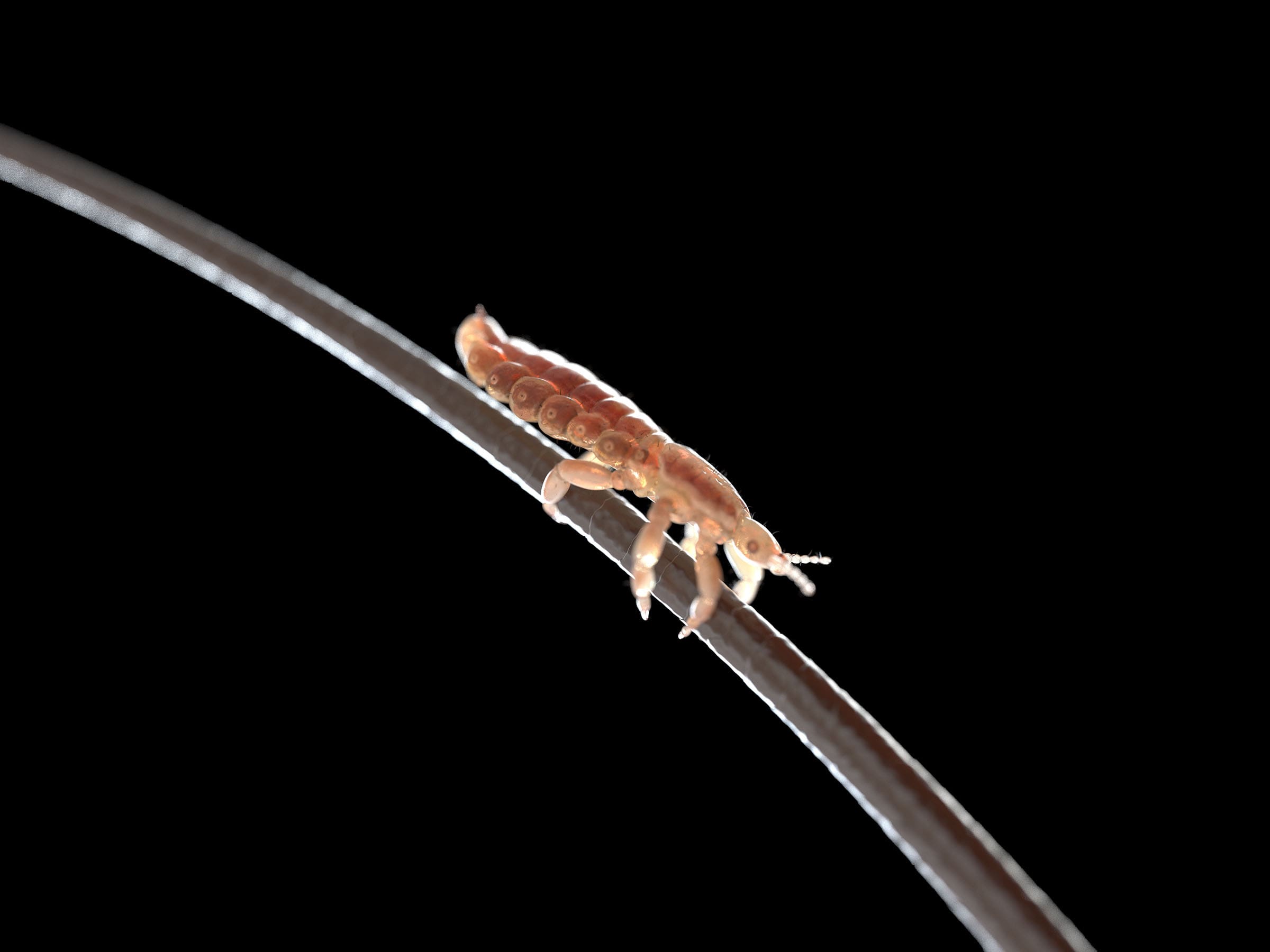Technology
Scientists Use Lice DNA to Uncover Ancient Human Migration Patterns


In a groundbreaking study, scientists have turned to lice DNA to gain insight into the migration patterns of ancient humans, particularly those who arrived in the Americas. This research, published in PLOS One, reveals two distinct clusters of louse DNA, suggesting that different groups of humans migrated to the Americas at different times.
Discovering Clues Through Lice DNA
For years, researchers have been trying to map out when and where ancient humans migrated to the Americas. While evidence in the form of stone tools, footprints, and fossilized bones has been found, genetic studies have struggled to provide a clear timeline. However, a breakthrough may have been found in the DNA of lice.
According to the study, the researchers found two distinct clusters of louse DNA, indicating that these two groups of lice migrated to the Americas with different human hosts. The first group arrived with the East Asians who initially populated the Americas, while the second group arrived thousands of years later with European colonists.
The Significance of Lice DNA
One of the most interesting findings of this research is that the Americas are the only place where these two types of lice crossbreed. This discovery sheds light on the human journey across the world, providing valuable insights into our ancient history.
Furthermore, scientists believe that lice DNA and evolution may hold even more clues about the development of humanity. DNA studies have shown that the two common types of lice diverged around 190,000 years ago, which coincides with a major development in human history and culture. As no clothing from that era has survived, lice DNA is currently the most significant evidence we have about that period of development and change.


Hey there! I’m William Cooper, your go-to guy for all things travel at iMagazineDaily. I’m 39, living the dream in Oshkosh, WI, and I can’t get enough of exploring every corner of this amazing world. I’ve got this awesome gig where I blog about my travel escapades, and let me tell you, it’s never a dull moment! When I’m not busy typing away or editing some cool content, I’m out there in the city, living it up and tasting every crazy delicious thing I can find. Join me on this wild ride of adventures and stories, right here at iMagazineDaily. Trust me, it’s going to be a blast! 🌍✈️🍴







